Turkish and Greek Cypriots are locking horns on the opening of a new checkpoint on their 1974 cease-fire line ahead of a critical conference next month on the ethnically divided island.
To build on diplomatic efforts, the U.N. is preparing to host an informal Cyprus conference in mid-March, similar to the peace talks held in Switzerland in 2017, which collapsed when both sides failed to negotiate a deal.
The conference will not be a negotiation but a discussion on what a future peace deal should look like, insiders have said. Leaders of both sides held separate talks with U.N. Under-Secretary-General for Political Affairs Rosemary DiCarlo to prepare the ground for the meeting that will also bring together officials from Cyprus’ guarantors: Greece, Türkiye and the United Kingdom.
DiCarlo said that U.N. Secretary-General Antonio Guterres remains committed to helping both sides move forward with formal negotiations, while Greek Cypriot leader Nikos Christodoulides believes that continued ethnic division can’t be the island’s future, despite it being the reality over the past 60 years amid failed U.N. talks and Greek Cypriot maximalism.
However, the issue of new checkpoints has turned into a fresh crisis after the Greek Cypriot administration demanded a south-to-south corridor instead of a checkpoint, which the Turkish Republic of Northern Cyprus (TRNC) rejected on the basis that the suggestion is against the project’s “fundamental logic.”
The Turkish side insists the Greek Cypriots are impeding the opening of more checkpoints by offering a federation model as a solution, something they previously rejected, and demonstrating their reluctance to reconciliation.
Last month, Nikos Christodoulides and Turkish Cypriot President Ersin Tatar, discussed the modalities of new checkpoints at a rare meeting hosted by the U.N. in the divided capital Lefkoşa (Nicosia).
The sides said they supported opening more border crossing points as an essential step to foster greater confidence-building between their communities, but they stopped short of announcing additional easing in movement over the truce line, which runs along a roughly east-west trajectory on the eastern Mediterranean island.
The TRNC side suggested openings that would ease commercial and tourist crossings, arguing that alternative routes are necessary for crossings with high demand in busy towns.
The Akıncılar-Lympia border crossing could be opened for a start, Tatar reportedly told Christodoulides.
But Christodoulides insisted on keeping Erenköy, Tatar told reporters after the Jan. 20 meeting.
Erenköy is a coastal exclave of the TRNC and significant to the Turkish side for playing a pivotal role during Türkiye’s 1915 War of Independence, as well as the 1974 Cyprus Peace Operation that eventually led to the foundation of the TRNC.
The Greek Cypriot administration demanded a transit route through the buffer zone, suggesting the Greek side intended to pierce the military zone dividing the island.
The TRNC rejected the proposal because it would not be a checkpoint between the communities and would go against the plan in question. The Turkish Cypriots argue that the Greek side is bothered by the prospect of a crossing point because it would mean they accept the northern strip of the island as an independent entity and the crossing of its citizens and EU tourists to the north negates the perception that the island is “occupied.”
The meeting followed months of negotiations by aides focused on where and how many checkpoints should open in addition to the nine crossings used by thousands daily along a 180-kilometer (116-mile) cease-fire line.
It is estimated that more than a million people use the checkpoints to cross each year, either for employment, education or personal reasons; bonds have tightened since the first pedestrian crossing was opened in April 2003 after almost three decades of isolation.
Greek and Turkish Cypriot political parties have repeatedly urged the political leadership to seal a deal, and civilians added their own call on the Friday the meeting took place, a typically busy day where traversing a few meters of a boundary can take up to an hour.
The island of Cyprus has been mired in a decadeslong struggle between Greek and Turkish Cypriots, despite a series of diplomatic efforts by the U.N. to achieve a comprehensive settlement. Five decades of Cyprus talks have led nowhere.
In the early 1960s, ethnic attacks forced Turkish Cypriots to withdraw into enclaves for their safety. In 1974, a Greek Cypriot coup aiming at Greece’s annexation of the island led to Türkiye’s military intervention as a guarantor power to protect Turkish Cypriots from persecution and violence.
The TRNC was founded in 1983.
The Greek Cypriot administration entered the EU in 2004, the same year that Greek Cypriots thwarted the U.N.’s Annan plan to end the decadeslong dispute, which had envisaged a reunited Cyprus joining the EU.
The status of the island remains unresolved in spite of a series of negotiations over the years.
While Greece and the Greek Cypriot administration supported a federation in Cyprus, Türkiye and the TRNC insisted on a two-state solution, which reflects the realities of the island.


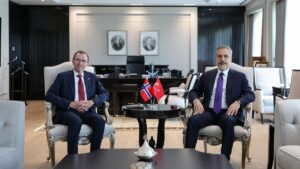
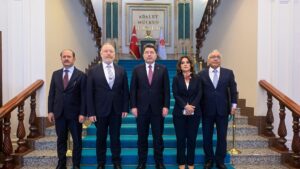

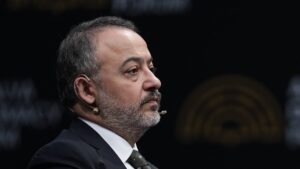

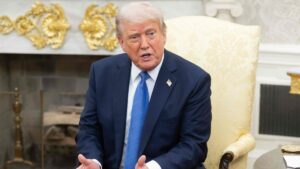
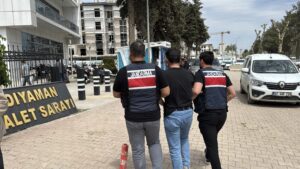

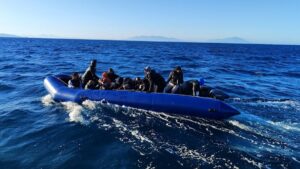
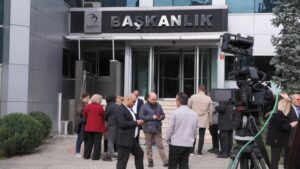
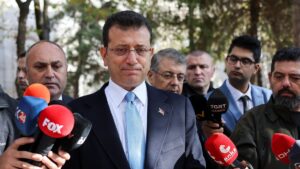
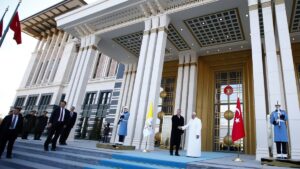
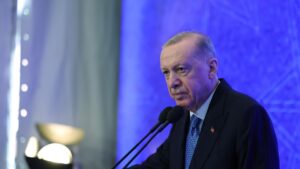
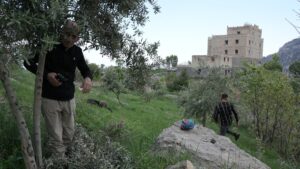
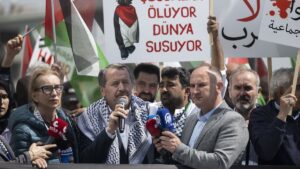

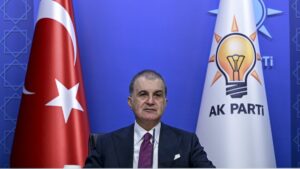
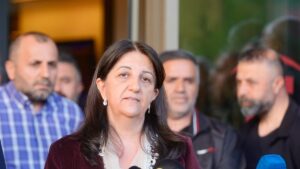

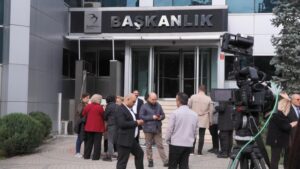
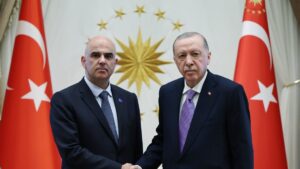

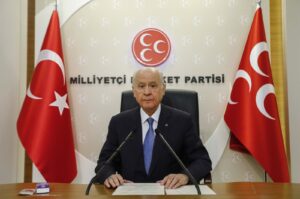

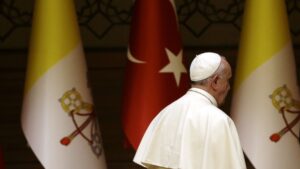
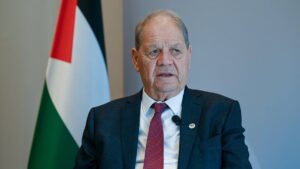


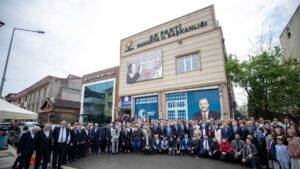

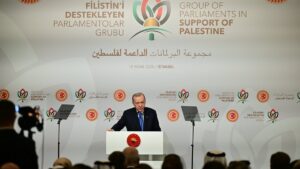
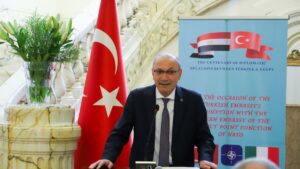
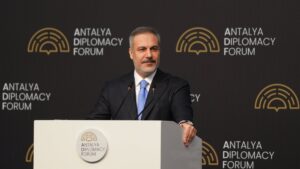

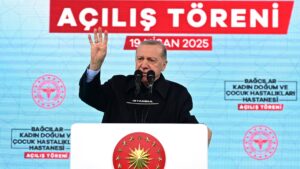

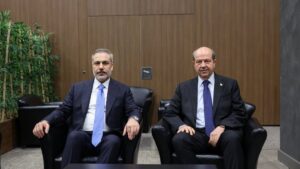



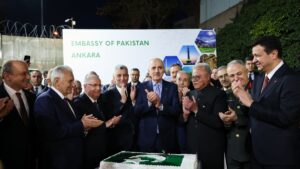
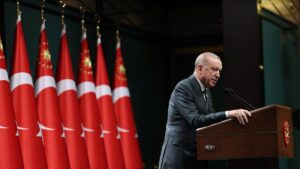
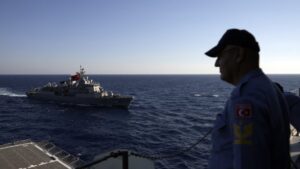
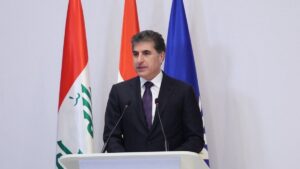
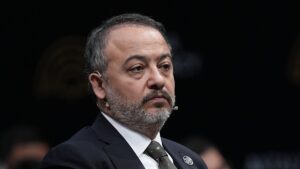
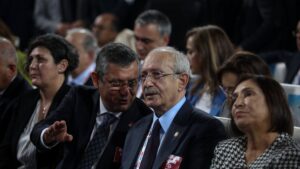

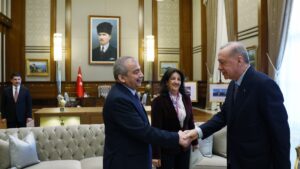
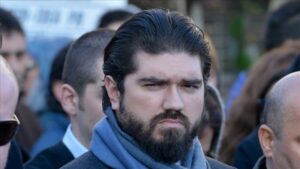
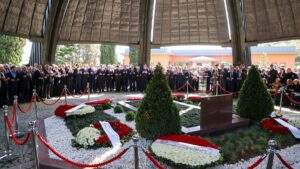
Be First to Comment